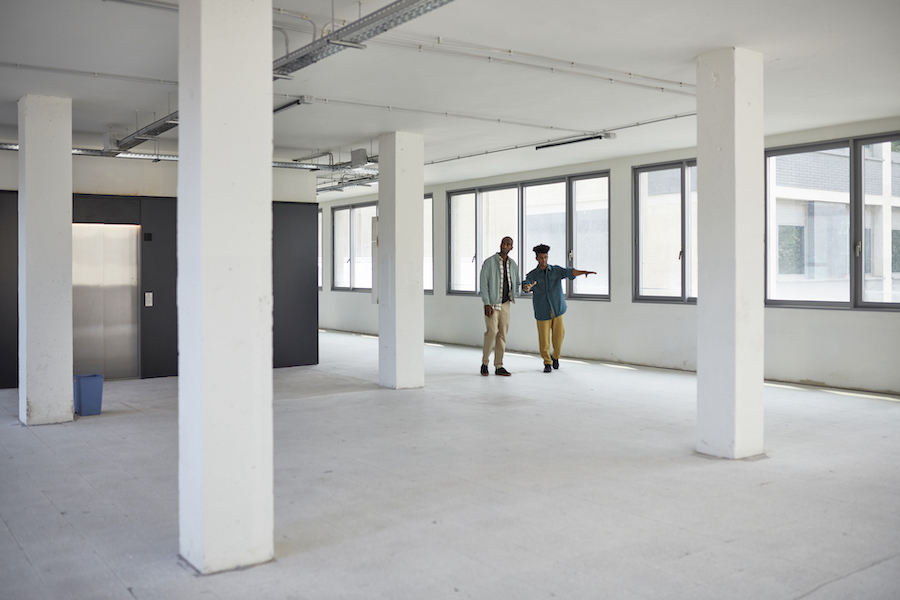

High interest rates, low liquidity complicating real estate deals
Steve Marino of GWL Realty Advisors says transaction formulation in the real estate industry has slowed dramatically in recent months
- Featuring: Steven Marino
- November 15, 2022 November 16, 2022
- 13:01
- From: GWL Realty Advisors

(Runtime: 5:00. Read the audio transcript.)
**
Constrained capital is leading to protracted real-estate negotiations, and in many cases scuttling them altogether, says Steve Marino, executive vice president, portfolio management at GWL Realty Advisors.
Marino said he has noticed transaction formulation — the process by which properties are marketed, bid upon, and ultimately change hands — slow dramatically in recent months.
“We’re seeing a number of investors coping with what I would describe to be denominator effects,” he explained. “They’re seeing their real estate allocations approach target, simply by virtue of the fact that real estate has generally outperformed other asset classes. That’s really depleting the availability of fresh equity to deploy or invest in the marketplace.”
On the other side of the ledger, the pricing and availability of debt has also moved out.
“In hand with that, as we approach the calendar year end, a number of lenders seem to have now completed their lending books for the year. So, that’s also restraining the availability of capital.”
Consequently, he said, we are entering an area of “price discovery” where the bid-ask spread is continuing to widen, often to such a point that the two parties are unable to find an appropriate price for the property in question.
Marino said the real estate class that currently faces the most uncertainty in our post-Covid world is the office sector. Questions about the future of work have led to moribund rental rates, climbing vacancies, and demands from tenants for better workplace amenities.
“September of 2022 was really the restart for many organizations across the country to return to the office in a more meaningful fashion,” he said. “Sixty days in, it is still probably too soon to understand the full implications of how tenants will return to the office. But I think we are seeing that tenants are being very tactful in terms of their use of the office.”
Tenants want to ensure that the office is truly an amenity for their employees, he said, and are using the office as a key tenant attraction and retention tool.
“To compete in this environment, older generation buildings are going to be forced to ammenitize in order to remain competitive or, alternatively, they’ll be force to compete purely on price,” he said.
Overall, however, Marino said real estate remains a viable investing alternative, generating reoccurring cash flow and strong capital returns over full investment cycles. Industrial and multifamily residential real estate are in greater demand than ever, commanding higher rents and seeing historically low vacancy rates.
“Both sectors tend to thrive in inflationary environments, and this time around is no different,” he said. “That’s really driven by the underlying strength of market fundamentals. And by that, I mean strong demand with supply constraints really helping to enhance pricing power on the behalf of owners of real estate and really helping to accelerate and preserve income returns over the near term.”
The danger that real estate players face is short-term negative sentiment leading to poor investment decisions.
“It’s imperative that investors remain focused on the long-term strategic objectives of real estate investing and avoid being consumed by the near-term headlines,” he advised.
It’s not about timing the market, he said.
“We’re really in the business of building and managing long-term hard assets that could generate sustainable performance over time.”
**
This article is part of the Soundbites program, sponsored by Canada Life. The article was written without sponsor input.
